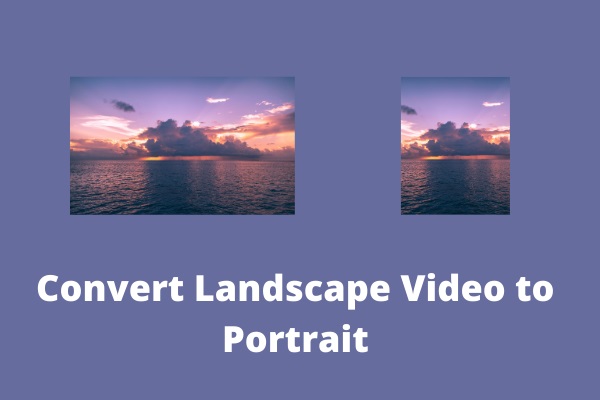The use of vertical vs horizontal video in video production is a highly debated topic. Vertical video is when the video is taller than it is wide, while horizontal video is when the video is wider than it is tall. Both formats have their advantages and disadvantages, depending on the context and purpose of your video.
Advantages and Disadvantages of Vertical Video
Vertical video is a newer and trendier format for videos. It is also known as portrait video because it resembles the orientation of a portrait photo. Here are some advantages and disadvantages of vertical videos:
Advantages:
- It saves users the hassle of rotating their devices, which can be more convenient.
- It captures more of the subject’s height and facial expressions, making it ideal for personal stories, interviews, or testimonials.
- It fills the entire screen of the smartphone and creates a more immersive and engaging viewing experience.
- It can stand out from the crowd of horizontal videos, making it more attention-grabbing and likely to generate clicks.
Disadvantages:
- The quality and resolution may be compromised, particularly when viewed on larger screens like TVs or monitors.
- It can narrow the field of view and may crop out important details or context from the scene, which can affect the storytelling and aesthetics of the video.
- Some platforms or devices may not support vertical video or require black bars to fill the empty space.
- It can be perceived as unprofessional or amateurish by some audiences, as horizontal formats are more commonly used.
Advantages and Disadvantages of Horizontal Video
Horizontal video is the traditional and standard format for most videos. It is also known as landscape video because it mimics the natural view of our eyes on a horizontal plane. The following are the advantages and disadvantages of horizontal videos:
Advantages:
- It matches the natural orientation of most screens and devices, such as TVs, monitors, laptops, and tablets.
- It can capture more of the subject’s width and background, which can be useful for scenic views, landscapes, or action scenes.
- It can produce higher quality and resolution video, especially when viewed on larger screens or projected on walls.
- It’s better to deliver long-form content.
- It can be seen as more professional or cinematic.
Disadvantages:
- It’s not always ideal for mobile devices.
- It may blend in with the crowd of horizontal videos and attract less attention and clicks.
MiniTool MovieMakerClick to Download100%Clean & Safe
How to Choose Between Vertical and Horizontal Video
Horizontal vs vertical video: which one should you use? As you can see, both vertical and horizontal video have their pros and cons depending on the situation and goal of your video. Therefore, there is no certain answer to this question. The best way to choose between them is to consider the following factors:
- Your target audience: Who is your target audience? What are their preferences and behaviors? How do they consume videos? Where do they watch videos?
- Your distribution platform: Where will you go to post or share your video? What are the requirements and best practices of that platform? How does that platform display videos?
- Your content type: What are you trying to deliver with your video? What are you trying to communicate or show? How do you want to engage or entertain your audience?
That is to say, when you choose between vertical and horizontal video, you should take these factors into consideration.
For example, if you are making a movie trailer that you want to show on TV or YouTube, you should use horizontal video. If you are making a product review that you want to post on Instagram or TikTok, you should use vertical video. If you are making a video tutorial that you want to share on both your website and your Facebook page, you can use either format, but you may need to adjust or optimize your video for each platform.
Conclusion
Vertical and horizontal video are both valid and valuable formats for video production. They have different strengths and weaknesses depending on the context and purpose of your video. Therefore, you should choose the format that best suits your target audience, distribution platform, and content type.




User Comments :